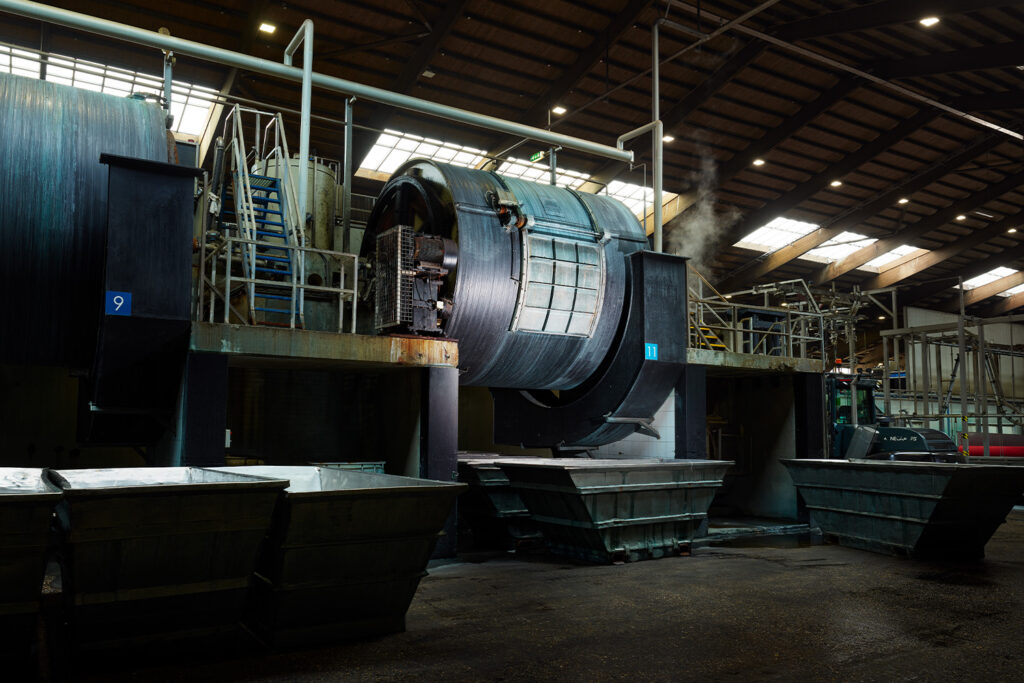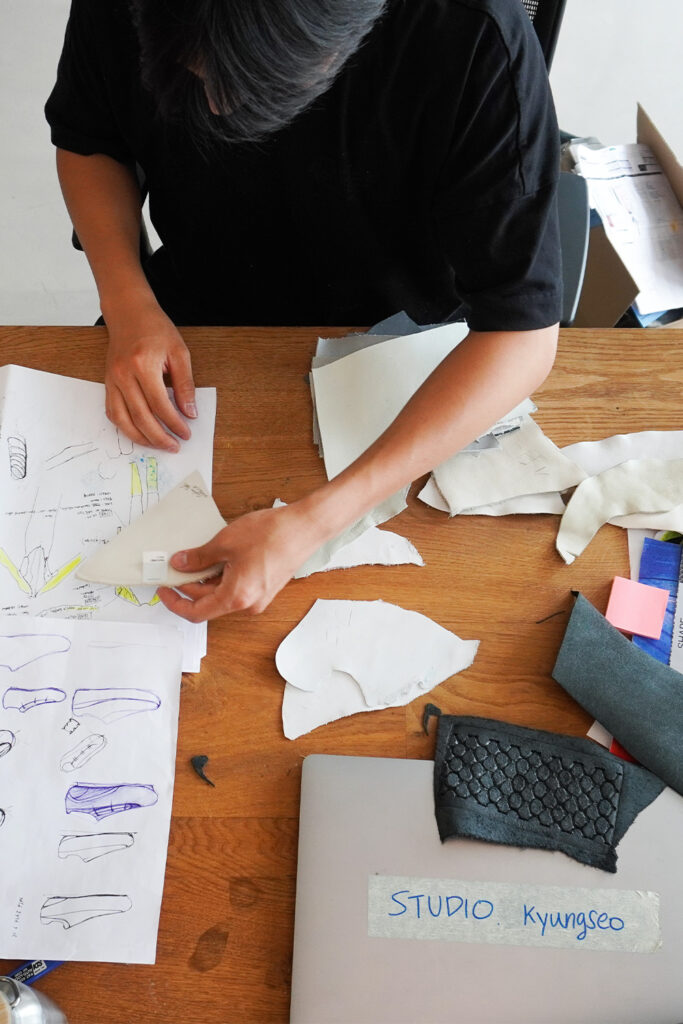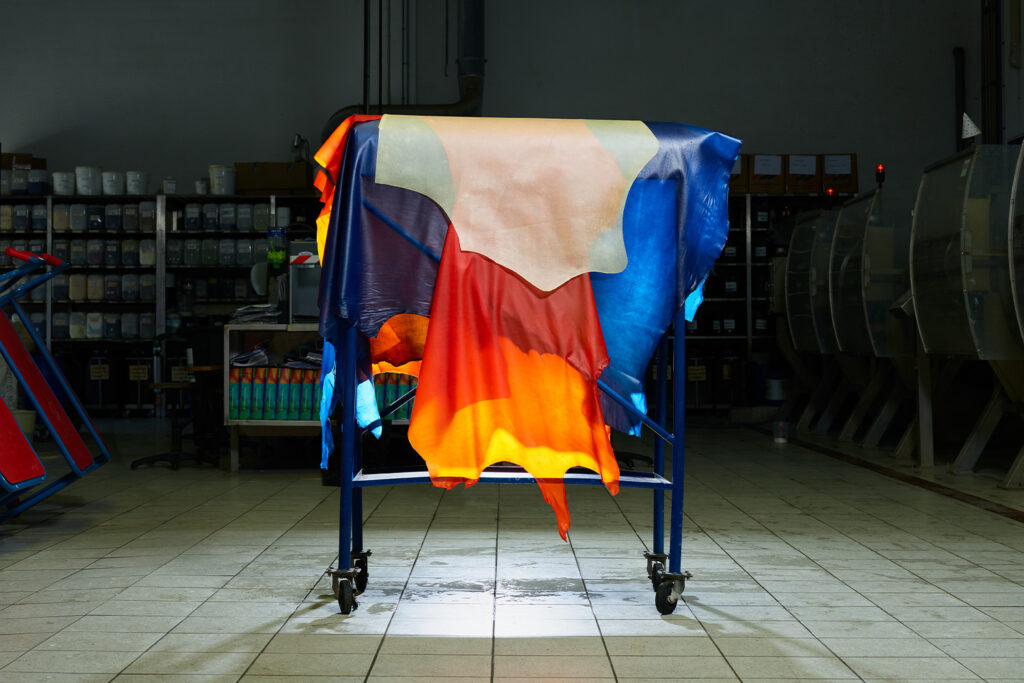The first leather tannery dates back to 7,000 BCE. Rooted in ancestral traditions and practices, large amounts of water were considered essential for the process. Yet ECCO, one of the world’s leading shoe brands, wanted to challenge that age-old technique with a planet-first approach set to transform the industry. The Scandinavian company believes in caring for the world and preserving natural resources, and their latest step was inventing a sustainable tanning leather step that lessened water usage.

After five years of research and development, the DriTan technique launched in 2018 as a step in the tanning system. This innovation at ECCO’s Netherlands-based tannery will save 20 litres of water per leather hide, which equals to twenty-five million litres of water annually (2022 data). According to the World Health Organization, that amount is enough to keep 9,000 people hydrated every year. Remarkably, the final product precisely mirrors the quality of traditionally tanned leathers, offering identical characteristics, stability, and lead time. Aside from water preservation, the innovation substantially reduces chemicals, lowers wastewater production, and prevents more than 600 tons of sludge from entering landfills each year, which would otherwise emit carbon emissions while decomposing.

Beyond shoes, the technique can be found in all of ECCO’s offerings, including bags, gloves, card holders, and wallets. “The vast majority of ECCO leather goods use leather made with DriTan technology and recycled textiles for fabrics, linings, webbings, threads, and zipper tapes,” says Stefano Pillepich, head of ECCO Leather Goods. “For [Fall/Winter 2024], we are launching a new collection of super-soft, supple, and unlined bags using only organic tanned leather.”
Positioned as a brand seeking to disrupt traditional methods, ECCO is leading the future by defining new standards with their certified organic-tanned leathers, an extension of their ever-growing pledge to sustainability. The final products are compostable if the proper conditions are observed. The leather breaks down and can be returned to the earth, leaving the soil suitable for plant growth.

“Leather is the material with by far the greatest potential to capture memory,” says Liam Maher, ECCO’s global creative director. “When designers and consumers passionate about leather talk about this, you’ll often hear them describe leather as a living material. Leather captures, complements and remembers shape. Like a living thing, it also changes over time. In fact, the way it changes has a humanistic quality—it becomes more supple, softer and more mellow, kind of like a person.”

